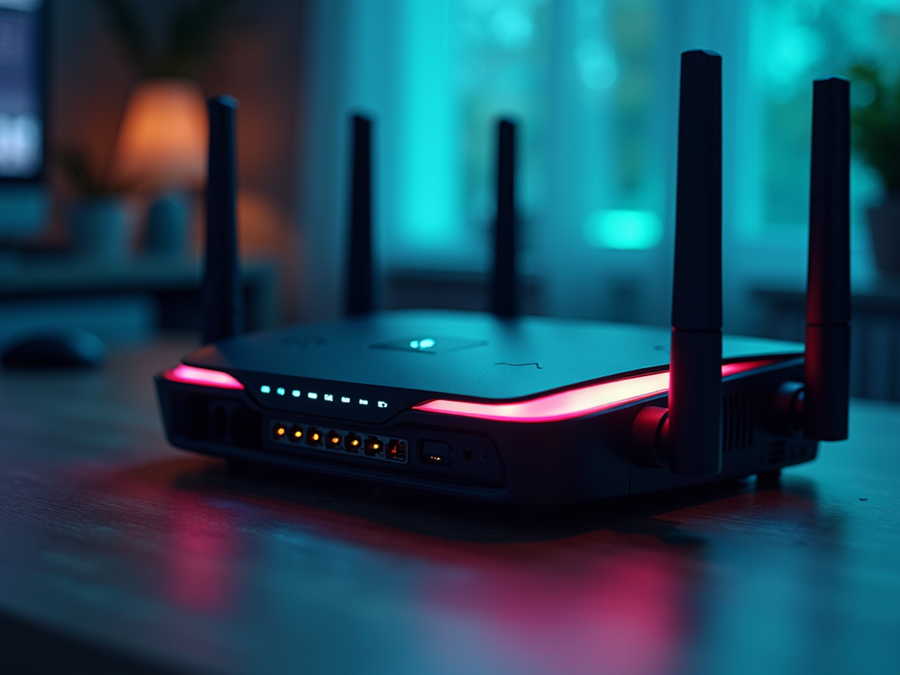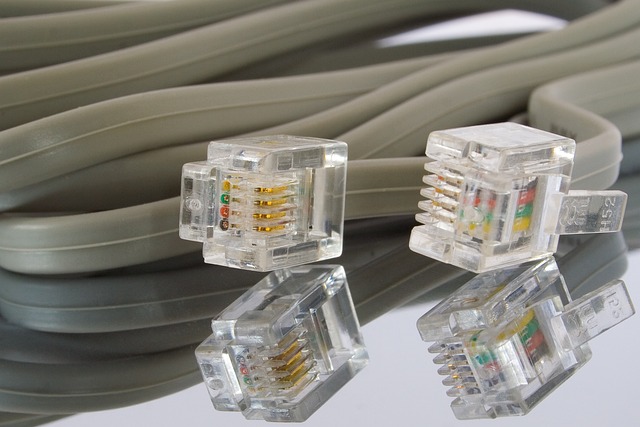As cities around the world continue to grow, the demand for reliable, high-speed internet becomes increasingly vital. The internet is no longer just a luxury but a necessity, influencing every aspect of urban life—from education and healthcare to business and entertainment. In this blog, we will explore the evolution of internet solutions in expanding cities, looking at how the demand for faster, more reliable connectivity has shaped urban development and the technological advancements that have made this possible.
The Early Days of Urban Internet Connectivity
In the early days of the internet, cities relied on slow dial-up connections that were often unreliable and limited in bandwidth. These early systems were adequate for basic browsing but could not support the needs of a rapidly urbanizing world. As cities expanded, so too did the demand for faster, more efficient internet access. However, the infrastructure needed to support widespread connectivity was costly and complicated to implement. Fiber internet providers in New York, such as Verizon Fios and Spectrum, have been instrumental in offering high-speed connectivity to residents and businesses, supporting the city’s technological evolution and smart city initiatives.
The Advent of Broadband and Fiber Optics
The introduction of broadband internet in the late 1990s marked a significant turning point in how urban residents accessed the internet. With broadband came faster speeds, greater reliability, and the ability to stream media, download files, and use the internet for more intensive tasks. Fiber optic technology, which uses light to transmit data, further revolutionized urban internet solutions. Cities began rolling out fiber optic networks, offering gigabit speeds that allowed for more sophisticated applications such as telemedicine, online education, and cloud-based business solutions.
The Role of 4G and 5G Networks
As mobile internet usage increased, the need for wireless solutions grew. The rollout of 4G networks in the 2010s was a game-changer, offering high-speed internet access on the go. This technology enabled urban dwellers to stay connected wherever they were, from public parks to public transportation systems. However, the rapid expansion of smart devices and the growing demands of urban environments necessitated even faster and more reliable wireless networks.
Enter 5G. With its much higher speeds and lower latency, 5G promises to revolutionize connectivity in cities, making it possible to support the ever-growing number of connected devices and smart technologies. From smart traffic lights and autonomous vehicles to augmented reality applications, 5G networks are expected to be a cornerstone of urban innovation in the coming years.
Smart Cities and the Internet of Things (IoT)
The evolution of internet solutions in expanding cities is closely tied to the concept of smart cities. A smart city uses technology to improve the quality of life for its residents by leveraging data and connectivity to optimize urban systems. Internet of Things (IoT) devices play a crucial role in this transformation, allowing cities to monitor and manage infrastructure, energy usage, waste management, and transportation systems more efficiently.
Beyond sensors and data platforms, roadway infrastructure itself now participates in smart-city networks through connected devices that coordinate traffic in real time. Companies such as Yunex supply Roadside Units and adaptive traffic control systems that tie signals, vehicle detection, and analytics together to reduce delays and improve safety at intersections. When paired with 5G and edge computing, these systems can process localized traffic patterns and adjust timings dynamically, benefiting both commuters and freight operators. Highlighting deployment case studies helps municipalities understand the operational gains and integration considerations of these technologies.

The Future of Internet Solutions in Expanding Cities
Looking to the future, internet solutions in expanding cities will continue to evolve. As technologies like 5G, artificial intelligence, and edge computing mature, cities will become even more connected, efficient, and adaptive to the needs of their inhabitants. Whether it’s providing faster internet for remote work and education, supporting innovation in transportation with autonomous vehicles, or creating more sustainable urban environments, the internet will be at the heart of urban development for years to come.
In conclusion, the evolution of internet solutions in expanding cities has been a journey of overcoming challenges and embracing new technologies to meet the demands of a growing urban population. As we look to the future, it’s clear that the internet will continue to play a pivotal role in shaping the cities of tomorrow.










